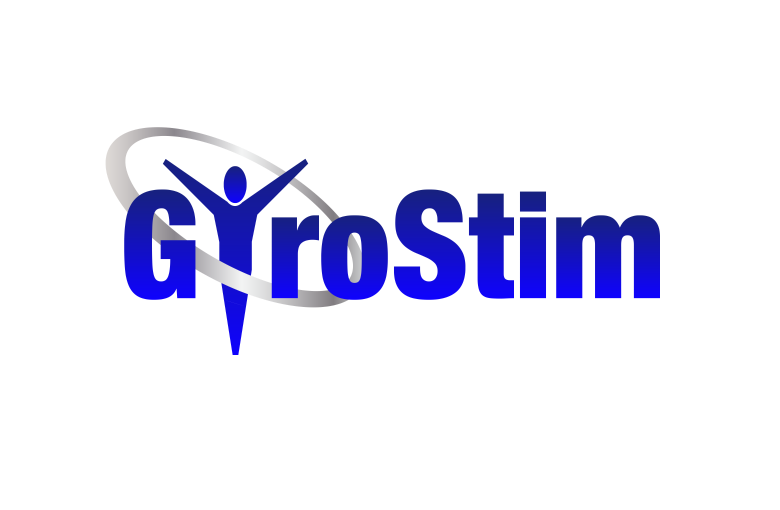The Evolution of Vestibular Rehab
Vestibular disorder treatment has come a long way over the years, with significant advancements in the field of vestibular rehabilitation. Vestibular disorders, which affect the inner ear and its ability to sense motion and balance, can be debilitating and have a significant impact on a person’s quality of life. Vestibular rehab has emerged as a highly effective treatment option for individuals suffering from these disorders, offering hope for improved function and reduced symptoms.
The history of vestibular rehab can be traced back to the mid-20th century, when researchers and therapists began to explore the role of exercise and other interventions in the treatment of vestibular disorders. Early approaches focused on basic balance exercises and habituation techniques to help patients retrain their brains to adapt to the imbalance caused by their disorder. As research in the field expanded, so too did the understanding of the complex mechanisms involved in vestibular function and dysfunction.
One of the key developments in the evolution of vestibular rehab was the recognition of the central role played by the brain in processing vestibular information. It became clear that the brain could be trained to compensate for deficits in the inner ear by using a variety of techniques, including gaze stabilization exercises, sensory reweighting, and cognitive restructuring. This shift in focus from simply treating the symptoms of the disorder to addressing the underlying neurophysiological mechanisms has led to significant improvements in treatment outcomes.
Another important advancement in vestibular rehab has been the development of more customized and targeted treatment approaches. Therapists now use a variety of assessment tools, including videonystagmography and vestibular evoked myogenic potentials, to identify specific deficits and tailor treatment plans to the individual patient. This personalized approach has been shown to be highly effective in improving outcomes and reducing symptoms.
The advent of technology has also played a significant role in the evolution of vestibular rehab. Virtual reality systems, for example, have been used to simulate challenging environments and help patients practice balance and coordination exercises in a safe and controlled setting. Similarly, biofeedback devices can provide real-time feedback on body position and movement, helping patients make adjustments and improve their balance and stability.
In conclusion, the field of vestibular rehab has made great strides in recent years, offering new hope for individuals suffering from vestibular disorders. With a greater understanding of the neurophysiological mechanisms involved, more targeted treatment approaches, and the integration of technology, vestibular rehab has become a highly effective and comprehensive treatment option. As research in the field continues to expand, it is likely that even more innovative and effective treatments will be developed, further improving outcomes for individuals with vestibular disorders.
——————-
Check out more on Vestibular disorder treatment contact us anytime:
Advanced Concussion Treatment | GYROSTIM
https://www.gyrostim.com/
719-685-7883
United States
Advanced Concussion Treatment | GYROSTIM
Unlock your potential with the GyroStim, the ultimate tool for enhancing cognitive performance and physical well-being. Immerse yourself in an experience like no other and discover a new dimension of optimized health and fitness. Visit gyrostim.com to learn more.

